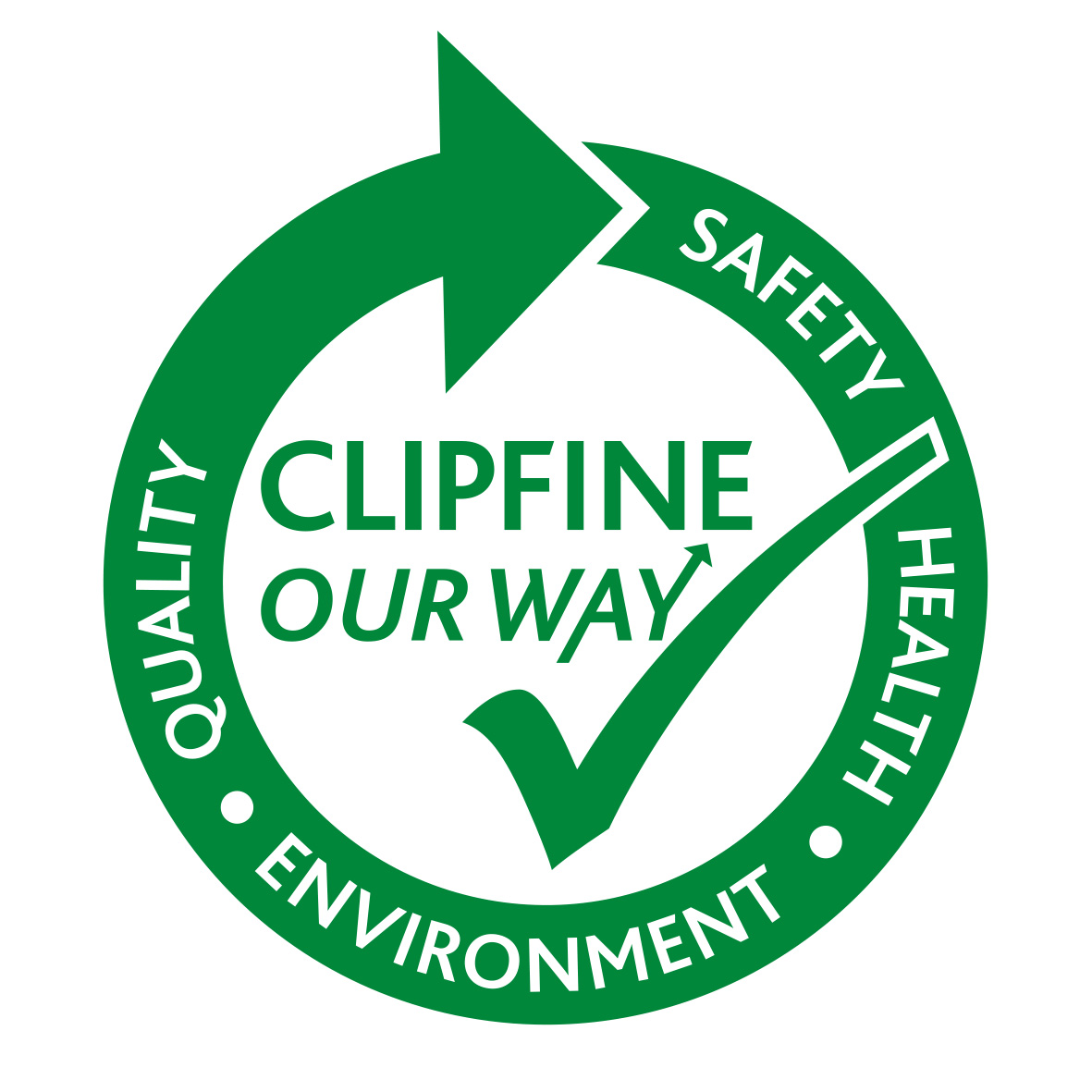Title Page
-
PPE Inspection
-
Jobsite:
-
Date:
-
Superintendent (s):
-
Assistant Superintendent:
-
Inspected By:
-
Employee Name:
-
Employee Picture:
-
The Occupational Safety and Health Administration (OSHA) issued a final rule on November 15, 2007, requiring employers to pay for personal protective equipment (PPE) used to comply with OSHA standards. The rule, titled "Employer Payment for Personal Protective Equipment; Final Rule", states that employers must pay for the minimum PPE required to satisfy OSHA standards, with some exceptions.
Untitled Page
ITEMS TO INSPECT
-
1926.95(d)(2) The employer is not required to pay for non-specialty safety-toe protective footwear (including steel-toe shoes or steel-toe boots) and non-specialty prescription safety eyewear, provided that the employer permits such items to be worn off the job-site.
-
1.0 Footwear (slip-resistant and puncture-resistant soles) (Steel Toe Required for Gilbane & Skanska, PCL)
-
1926.95(d)(4) The employer is not required to pay for: Everyday clothing, such as long-sleeve shirts, long pants. Ordinary clothing, skin creams, or other items, used solely for protection from weather, such as winter coats, jackets, gloves, parkas, rubber boots, hats, raincoats, ordinary sunglasses, and sunscreen.
-
2.0 Type 2 High Visibility Shirts or Vests with Reflective Material
-
3.0 Hammer Condition (no grinder cuts in the head, good grip on handle)
-
4.0 Is Employee Wearing a Full Body Harness
-
4.1 LABEL - The label contains important written information, including the date of last inspection and life expectancy of the safety harness or lanyard.
-
4.2 Label Legible (Take Photo of Label)
-
4.3 Describe Wear
- New
- Light
- Moderate
- Heavy
- Equipment Taken out of Service and Replaced
-
4.4 WEBBING
-
4.5 Most harnesses are made from webbing straps. These should be inspected for fraying or cuts, badly pulled webbing, loose stitching, as well as UV damage.
-
4.6 Webbing Does not Have Additional Punched Holes
-
4.7 D-RINGS/BACK PADS
-
4.8 D rings attach the lanyard to the safety harness. There may be several D rings, some of which can be used to attach tools or accessories. These need to be checked to make sure their shape has not distorted and there are no visible cracks, sharp edges, or rust.
-
5.0 BUCKLES
-
5.1 Buckles connect the straps. They can be rigid plastic or metal. They need to be checked for wear and tear.
-
5.2 No Unusual Wear or Rust
-
6.0 TONGUE / GROMMETS
-
6.1 Loops are used to hold excess strap or rope and ensure the harness is snug and streamlined. Again, these plastic loops need to be checked for distortion or breakages.
-
6.2 Tongues and Rollers Move Freely Back and Forth in Their Socket
-
6.3 No Distortion in Shape and Motion of Tongue
-
6.4 Leg Straps in Rubber Band Keeper
-
7.0 Employee Using a Double Retractable
-
7.1 Label Legible (Take Photo of Label)
-
7.2 Describe Wear
- New
- Light
- Moderate
- Heavy
- Equipment Taken out of Service and Replaced
-
7.3 Snaphooks Open and Lock Closed
-
7.4 Webbing - These should be inspected for fraying or cuts, badly pulled webbing, loose stitching, as well as UV damage.
-
7.5 Passes Pull Test and Locks in Place
-
7.6 Snaphook Recoils Back Easily without Stopping
-
8.0.0 Positioning Chain Being Used
-
8.1 Label Legible (Take Photo of Label)
-
8.2 Describe Wear
- New
- Light
- Moderate
- Heavy
- Equipment Taken out of Service and Replaced
-
8.3 Snaphooks Open and Lock Closed
-
9.0 EMPLOYEE USING A 20 OR 30 FOOT RETRACTABLE
-
9.1 Impact Indicator: Inspect Indicator for Activation (rupture of load stress indicators, elongated indicator, etc.)
-
9.2 Screws / Fasteners: Inspect for Damage and Make Certain all Screws and Fasteners are Tight
-
9.3 Housing: Inspect for Distortion, Cracks and Other Damage. Inspect Anchoring Loop for Distortion and Damage
-
9.4 Lifeline: Inspect for Cuts, Burns, Tears, Abrasion, Frays, Excessive Soiling and Discoloration, Broken wires
-
9.5 Locking Mechanism: Inspect for Proper Engagement of Lock-up/Brake Mechanism
-
9.6 Retraction/Extension: Inspect Spring Tension by Pulling Lifeline Out Fully and Allowing it to Retract Fully (no slack)
-
9.7 Hooks / Carabiners: Inspect for Physical Damage, Corrosion, Oroper Operation (carabineer snap gate reseating/locking properly) and Markings.
-
9.8 Labels: Inspect, Make Certain all Labels are Securely Held in Place and Legible
-
10.0 RESPIRATOR BEING USED
-
10.1 Facepiece (Seal Gasket, Cleanliness)
-
10.2 Inhalation Valve
-
10.3 Exhalation Valve Assembly
-
10.4 Headbands
-
10.5 Cartridge Holder
-
10.6 Condition of Cartridge Filter
-
11.0 Eye & Face Protectors (Select Based on Anticipated Hazards)
-
11.1 Hearing Protection Used for Task
-
11.2 Hard Hat & Suspension Liner (5 Years for Type 1) (10 Years for Type 2)
-
11.3 Does this Employee Demonstrate the Understanding and Skill Level in the use of PPE?
-
11.4 Was Retraining Required During this Inspection?
-
1926.95(d)(5) The employer must pay for replacement PPE, except when the employee has lost or intentionally damaged the PPE.













